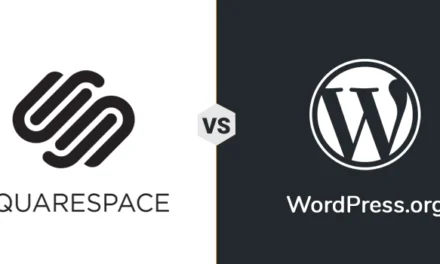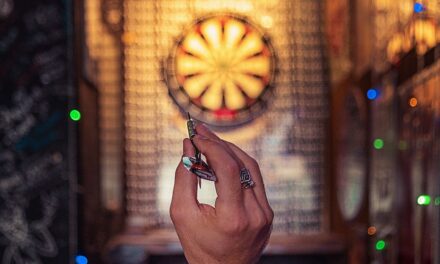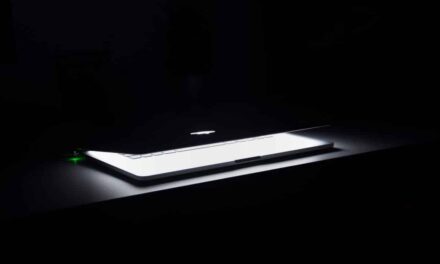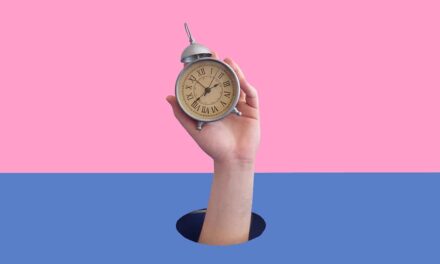Warming of the planet and climate change are probably the subjects that return most often in conversations (after the covid of course). The current situation is indeed alarming because we have caused enormous damage to our planet and, in some cases, it is too late to reverse the trend.
Good news: there is still hope. For example, starting a citizen dialogue on climate change, modifying our way of life and becoming aware of our choices can help reduce the human impact on our planet. Everyone has a role to play, even the UX designers. In this article, we will explain how UX designers can contribute to the slowdown in climate change.
Change is now
An hour of electricity saving will not help fight climate change. But, imagine an hour of electricity saving multiplied by 7.5 billion people. However, we must understand that not everyone is able to contribute.
Of a population of 7.5 billion inhabitants, nearly 4.4 billion people have access to the Internet, useful for navigating or using web/mobile applications to perform different tasks. We tend to forget that, like everything else, the Internet is powered by datacenters and power plants that need an electricity supply 24 hours a day. Thus, there is a carbon footprint associated with each interaction that we make on the Internet. Even to read this blog article!
This is why we think that, if designers can offer options to reduce the impact of the use of the Internet/telephone (and possibly electricity consumption), the 4.4 billion people can become potential players in change. Let's see, concretely, how UX designers can do this.
“Each human being on this planet has the obligation to do their best to leave it in better condition that he found it. Designers are not allowed to withdraw from this commitment ”.
Mike Monteiro
Educate your users.
Imagine the following situation: you book a taxi to go to a nearby shopping center. You book it via Uber and, before your reservation is confirmed, you receive a notification saying
“The location you have entered is a few minutes walk from your current location. Do you still want to book? »»
Obviously, Uber will have to find a way to make sure you can walk. But, if this is the case, this could avoid some greenhouse gas emissions.
Another example is to warn users with a message like this:
“Opt for” non -urgent delivery ” – we have received group orders from people living in the same perimeter as yours. If you are not in a hurry to receive your order, help us reduce the carbon footprint of delivery by opting for non-urgent delivery.
Most of the time, users accept. This therefore makes it possible to carry out 3 orders in one and thus reduce the environmental impact.
Choose your color palette judiciously
It may be hard to believe, but the colors you choose to include in your design have a carbon footprint. Many studies have shown that the use of dark colors consumes less energy than bright colors, the latter being more energy -greed. And this is not only worth for images and illustrations, but also for themes and background colors of applications/sites.
In almost all portable computers and smartphones screens (LED, LCD, OLED, AMOLED, etc.), energy consumption increases with the brightness of the screen. Even Google recognized it and set up a dark theme for YouTube in order to increase the battery life.
So, the next time you choose your color palette, remember to choose darker colors. You may not always be able to choose a darker theme or colors due to the guidelines of your brand. But an option you can explore is to give users the opportunity to switch to a darker theme.
Pay attention to the performance of your application/website
Close the water tap while you brush your teeth, turn off the engine from your car to red lights, turn off the fans and air conditioners before leaving the room, each gesture counts!
Likewise, UX designers can use techniques to create designs that consume less energy. The performance of an application should be one of the main areas of interest of a designer. The faster the application, the less it uses memory and CPU cycles, the less battery consumes. The lower the consumption of the battery is important, the less the load is important, which makes it possible to preserve the planet a little more.
A technique could consist in using fewer animations via micro-interactions. Even if the micro-interactions are great, help to involve the user and create a better user experience, they are often designed by forgetting best practices. Too much micro-interactions for the simple pleasure of creativity ruins not only the user experience but also the battery life.
Another design technique could not overload your user interface with too many images and a complex style. Test your user interface with and without too many animations and observe the duration of the battery.
Reward or highlight users who opt for ecological options
UX/UI designers can help create interfaces that motivate users to act to save the environment. Or, if they already do, designers must motivate them to continue doing so. One of the best known examples is Ecosia. Ecosia is a free search engine that uses its benefits to plant trees worldwide. But how do they know if they really do it? Ecosia displays on his home page the number of trees he has planted so far, and the message is clear:
“Research on the web to plant trees”.
They also display a counter in the upper right corner with a small tree icon which indicates the number of research that you have carried out so far and how many trees you have helped plant on the planet.
At Churchill, we have understood for a long time the challenge of building interfaces with low environmental impact. Contact us now to find out more.






